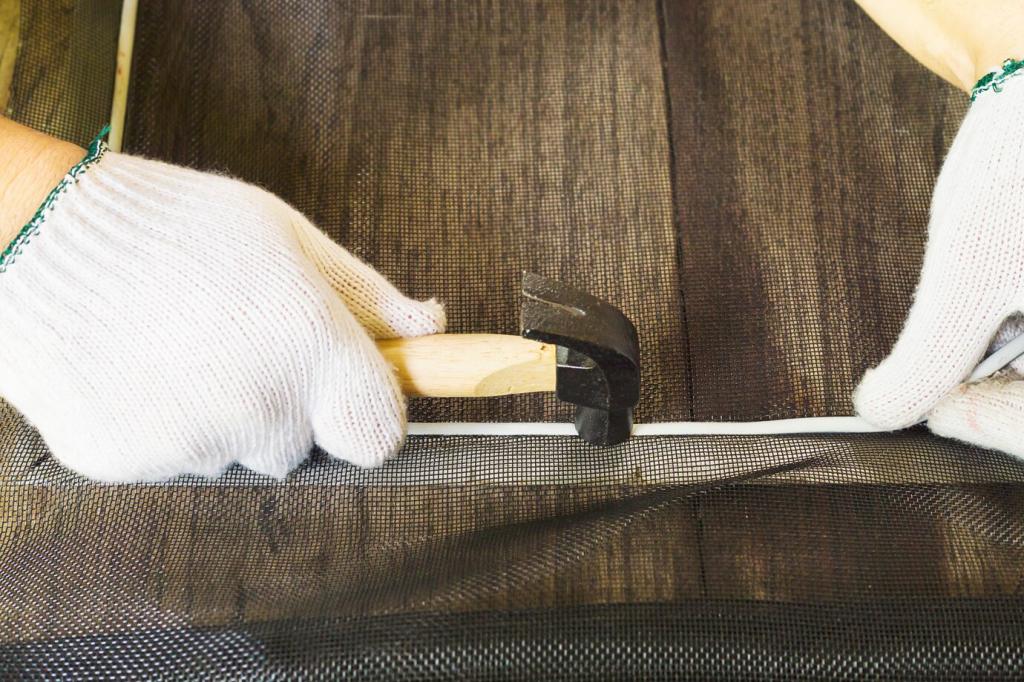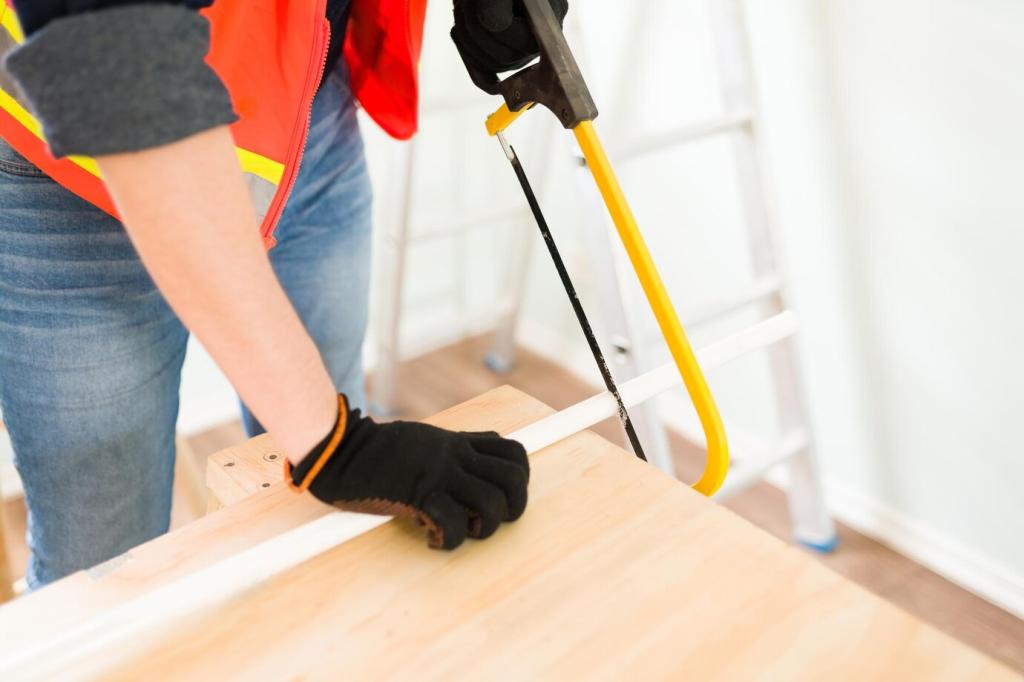
Shine, Not Scratch: Robotics in Dusting and Polishing
Chosen theme: Robotics in Dusting and Polishing. Step into a world where gentle force control, smart perception, and thoughtful design bring spotless finishes to life—at home, in galleries, and on factory floors. Join us, share your experiences, and help shape the future of pristine surfaces.
The Science of a Gentle Touch
Modern polishing end-effectors use force–torque sensors to measure contact forces in real time, adapting pressure on wood, metal, glass, or piano lacquer. If readings spike, controllers ease off instantly, preventing micro-scratches while maintaining consistent finish quality across curved edges and delicate inlays.
The Science of a Gentle Touch
Impedance control lets a robot behave like a spring–damper, yielding slightly when encountering knobs or carvings. This controlled compliance stops chatter, improves paste distribution, and keeps microfiber pads hugging the surface smoothly. Curious about tuning parameters? Tell us what materials you polish most.
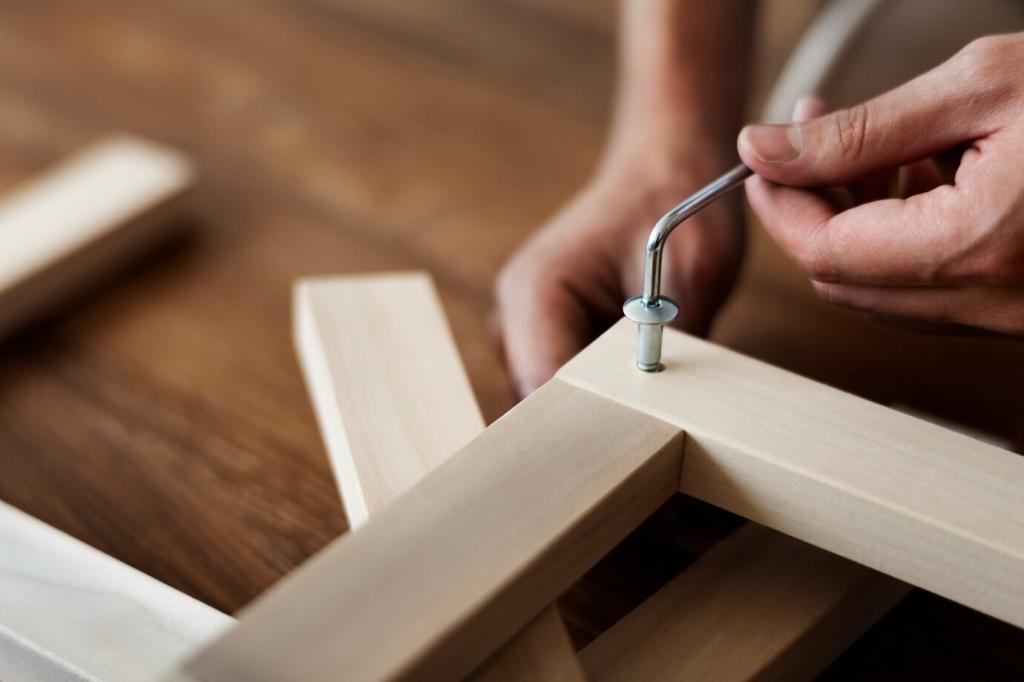
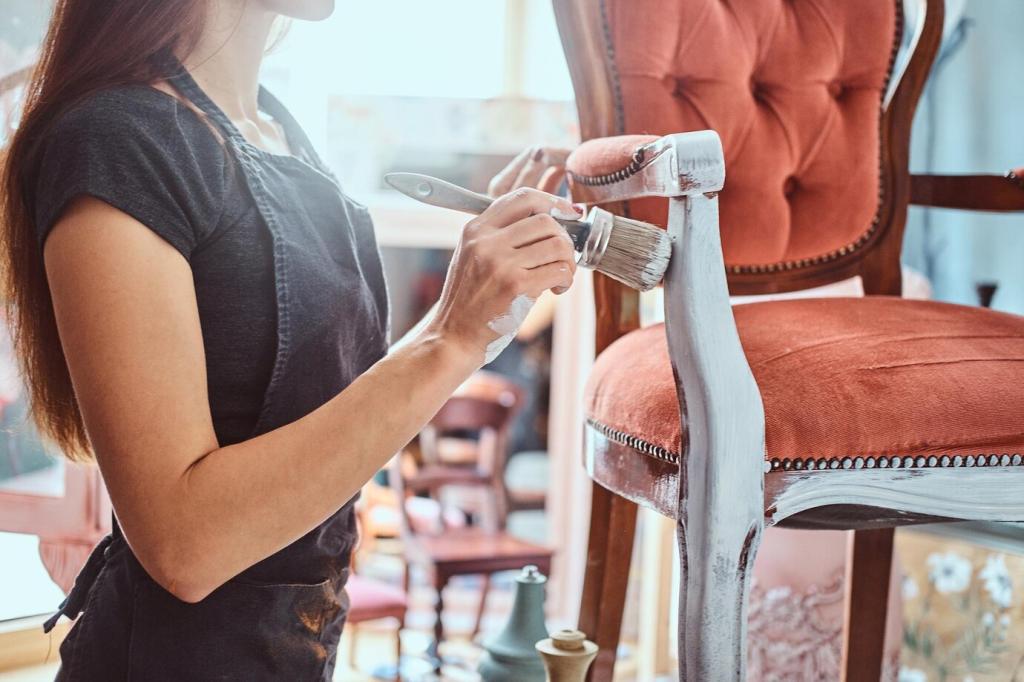
Coverage and Navigation for Flawless Shine
Coverage planners alternate sweeping lines, then switch to spirals for round tables or lamp bases. These patterns minimize overlap while ensuring no dusty islands remain. When users mark no-go zones, the planner reshapes paths automatically. Want templates for your favorite surfaces? Comment and we’ll share downloads.
End-Effectors, Materials, and Media
Microfiber vs. Electrostatic Cloths
Microfiber splits threads to trap particles mechanically, while electrostatic cloths attract dust with charge. Robots switch cloth types based on material: microfiber for oily fingerprints on stainless steel, electrostatic for dry, powdery dust on bookshelves. Share your toughest surface and we’ll recommend a pad recipe.
Tool Changers and Pad Libraries
Quick-change couplers let robots swap from soft dusting bonnets to medium-cut polishing pads and finishing foams. A simple click-lock mount prevents wobble and keeps pressure uniform. Libraries track pad wear, prompting replacements before swirls appear. Want our printable checklist? Ask below and get the download link.
Dust Extraction and Clean Air
Polishing can lift fine particulates. Integrated shrouds and high-efficiency filtration capture airborne dust at the source, helping protect lungs and finishes. Flow sensors watch for clogs and alert you early. If allergies are a concern at home, tell us your setup to get tailored filtration advice.
AI Perception for Dust and Gloss
Illumination at grazing angles reveals dust through scattered highlights. Cameras compare frames before and after wiping to estimate residual particles. When the signal crosses a threshold, the robot schedules a second pass. Curious about photometric stereo for gloss evaluation? Drop a question and join the next Q&A.
AI Perception for Dust and Gloss
With weak supervision, robots learn which zones accumulate dust—vents, speaker grilles, window sills—and prioritize them. Seasonal models adapt during pollen spikes or renovation work. The system proposes revised schedules, and you approve with a tap. Want early access to adaptive routines? Subscribe for beta invites.
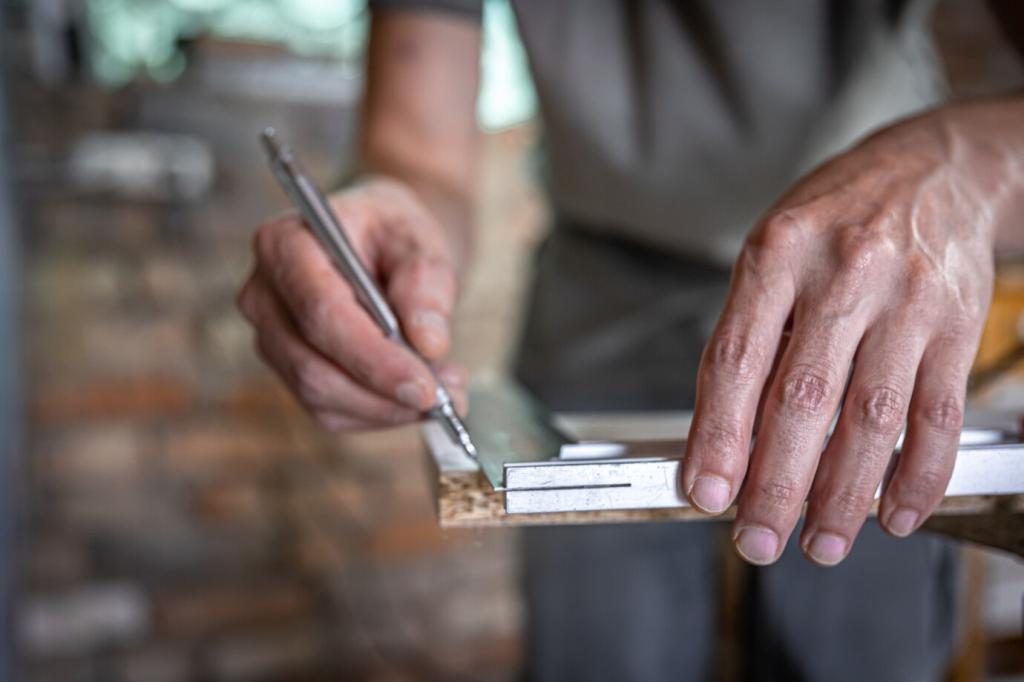
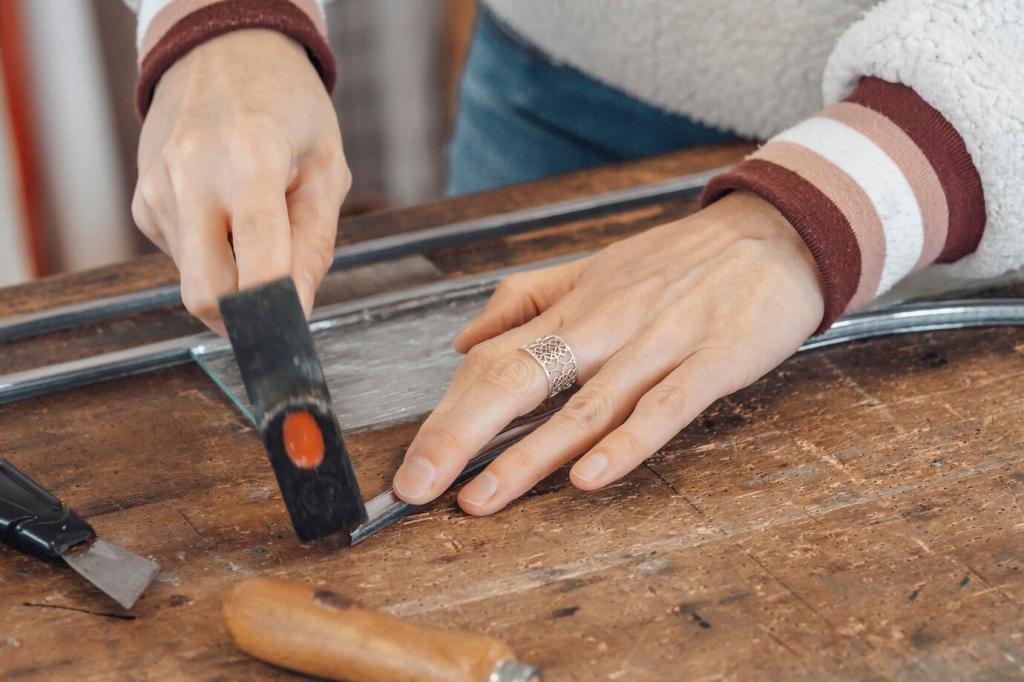
Self-Cleaning and Pad Hygiene
After sessions, the robot detaches pads to a wash dock or gently rolls them on a lint-removal spindle. Sensors log fiber saturation and detergent usage, prompting eco-friendly cycles. If sustainability matters to you, comment “GREEN” for a guide to low-water, high-efficiency cleaning workflows.
Battery Health and Session Planning
Smart charging staggers top-ups to reduce cell stress. The planner predicts session length from surface area and desired gloss, reserving a buffer for careful edge work. Users can set quiet hours, and the robot reschedules noisier polishing runs accordingly. Share your schedule and we’ll optimize durations.
A Clog That Taught Us Resilience
A test unit once ingested shredded gift wrap during holiday cleanup. Pressure spikes flagged restricted airflow, triggering a pause and animated guide to clear the shroud. The owner followed three steps and resumed polishing in minutes. Have a similar story? Post it so we can compile a community playbook.
Privacy and Harmony at Home
01
Dust detection, path planning, and gloss estimation run locally, with no cloud images stored. When updates arrive, models download privately. You choose whether to share anonymized statistics. Prefer zero telemetry? Toggle privacy mode and we’ll still deliver excellent coverage with preloaded, offline intelligence.
02
Room maps store only geometric outlines needed for coverage. Sensitive areas can be masked with one tap, and the robot never scans drawers or screens. Kids can place playful beacons to keep it away from homework zones. Tell us your boundaries, and we’ll propose helpful no-go shapes.
03
A soft startup chime, warm LED cues, and a gentle approach speed reduce stress for pets and people. Clear explanations accompany every pause: dust detected, pad change needed, or edge mode engaged. If your household has special needs, share them so we can craft inclusive behavior presets.
From Prototype to Perfect Polish
Combine a compliant wrist, a modest force sensor, and a microfiber pad to run repeatable trials on sample panels. Log forces, passes, and gloss readings. When you hit consistency, scale up. Want our open test protocol and spreadsheets? Comment “KIT” and we’ll send the download link.
